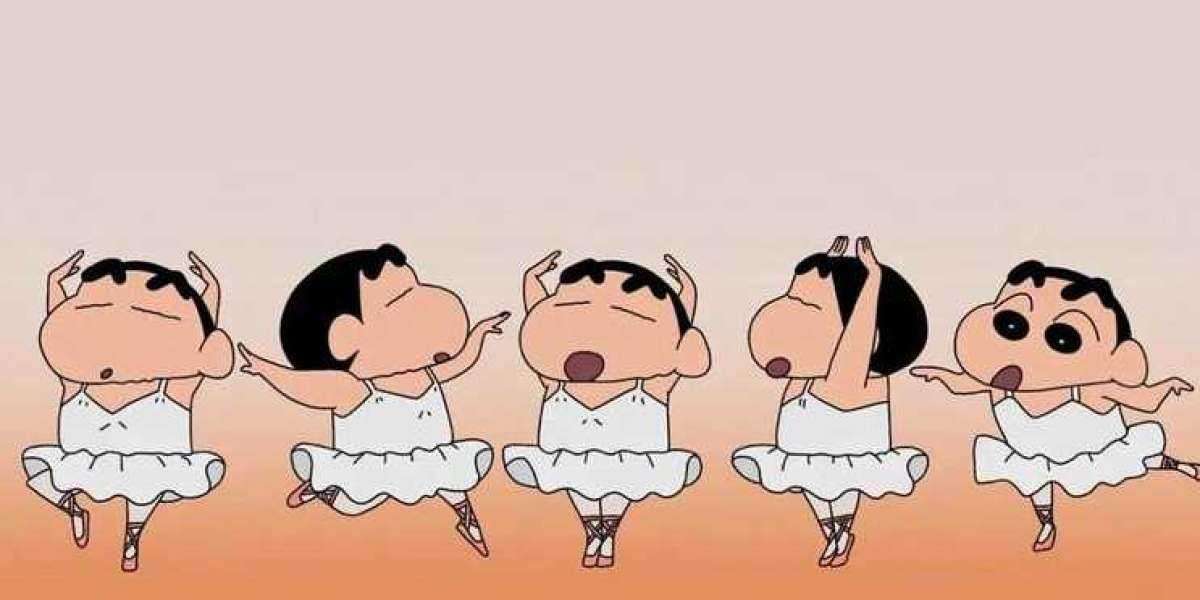Capturing action shots can be a thrilling yet challenging endeavor. Whether you're photographing extreme sports, wildlife, or fast-paced events, having the right equipment is crucial. One indispensable tool for this purpose is the Ulanzi tripod. This guide will walk you through the essentials of using the Ulanzi tripod to achieve stunning action shots.

Understanding the Ulanzi Tripod
The Ulanzi tripod is renowned for its versatility and durability, making it an excellent choice for action photography. Its lightweight design allows for easy portability, while its robust construction ensures stability even in the most dynamic environments. The tripod's adjustable legs and flexible head provide a range of angles and perspectives, essential for capturing the perfect shot.
Setting Up Your Ulanzi Tripod
Proper setup is the foundation of successful action photography. Start by extending the tripod legs to the desired height, ensuring they are locked securely. Position the tripod on a stable surface to prevent any movement. The Ulanzi tripod's ball head allows for smooth adjustments, so take advantage of this feature to fine-tune your camera's position.
For example, if you're photographing a skateboarder performing tricks, set up the tripod at a low angle to capture the height and movement. Alternatively, for wildlife photography, position the tripod at eye level with your subject to create an immersive experience.
Utilizing the Ulanzi Tripod's Features
The Ulanzi tripod comes equipped with several features that enhance action photography. The quick-release plate allows for swift camera attachment and detachment, crucial for capturing fleeting moments. Additionally, the tripod's 360-degree panoramic head enables seamless panning, perfect for tracking fast-moving subjects.
Consider using the tripod's adjustable legs to create unique perspectives. For instance, splay the legs wide for a low-to-the-ground shot of a cyclist speeding by, or extend them fully for an overhead view of a bustling event. Experimenting with different angles can add dynamism to your shots.
Maximizing Stability and Flexibility
Stability is paramount when capturing action shots. The Ulanzi tripod's sturdy build minimizes camera shake, ensuring sharp images. For added stability, use a remote shutter release or the camera's timer function to avoid any movement caused by pressing the shutter button.
Flexibility is equally important. The Ulanzi tripod's adjustable legs and head allow for quick repositioning, enabling you to adapt to changing conditions. For example, if you're photographing a soccer match, you can swiftly adjust the tripod to follow the action across the field.
Tips for Capturing Stunning Action Shots
To make the most of your Ulanzi tripod, keep these tips in mind:
- Plan Ahead: Scout your location and anticipate the action to position your tripod effectively.
- Use Burst Mode: Capture a series of shots in quick succession to increase your chances of getting the perfect shot.
- Experiment with Angles: Don't be afraid to try unconventional angles to add creativity to your shots.
- Practice Patience: Action photography often requires waiting for the right moment, so stay patient and ready.
By following these guidelines and leveraging the capabilities of the Ulanzi tripod, you'll be well-equipped to capture breathtaking action shots. Remember, practice makes perfect, so keep experimenting and refining your techniques.
Conclusion
The Ultimate Guide to Using the ulanzi tripod for action shots provides a comprehensive overview of how to maximize this versatile tool's potential. From setup to execution, understanding the tripod's features and applying strategic techniques will elevate your action photography. Embrace the challenge, and let the Ulanzi tripod help you capture the excitement and energy of every moment.








